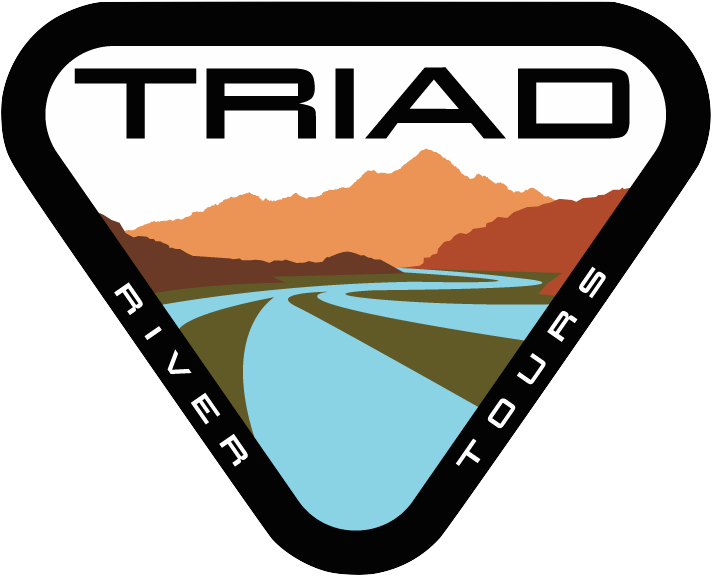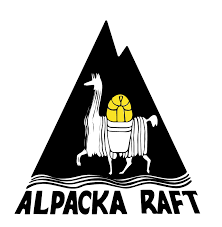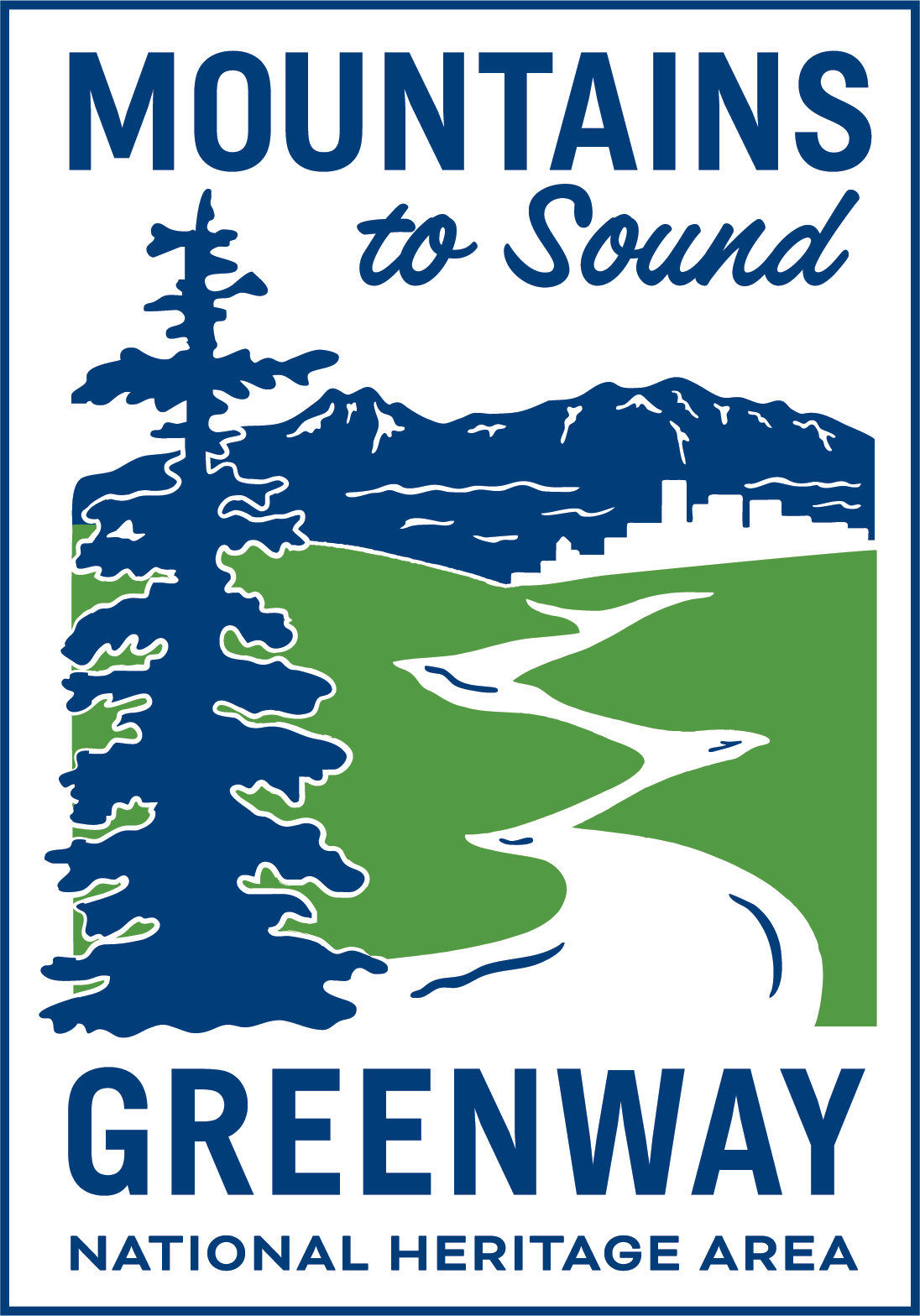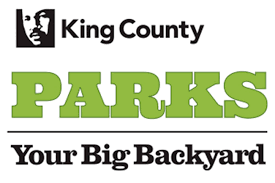Whitewater River Rafting Paddle Length
Our guests will probably be surprised to know just how well thought out some of our equipment choices are, and one that is of constant analysis is that of paddle length. At Triad River Tours we use almost exclusively paddles of 57 inch length. This number may be meaningful to you if you’re a seasoned paddler, and it may mean nothing to a novice, but it means a whole lot to us, and here’s why:
Rafts that are used for commercial whitewater trips have a tube diameter of between 19 and 22 inches. You might be thinking that’s not a very big difference, but when you’re on the river in a raft with 19 inch tubes it’s a totally different experience than one with 21 or 22 inch tubes.
Paddle length depends greatly on many factors of whitewater rafting.
There are certainly rafts designed to carry larger amounts of gear or people down the river, but for most purposes, in North and South America, if you go whitewater rafting on a commercial trip, your raft is going to have tubes about that size. Now comes the fun part of risk analysis with these seemingly arbitrary numbers.
With a smaller tube, people sit closer to the water, which means that when they go to dig their paddle into the river to propel it either forward or backward, the shaft and “t-grip” of the paddle are higher out of the water. When the t-grip (which is source of more whitewater rafting injuries than any other single factor) is higher out of the water and more exposed, it becomes more likely to injure someone by striking them in the face or otherwise uncomfortably bludgeoning them in some fashion while they’re on their whitewater trip. This is no fun, and everyone wants to avoid it. Thus begins the industries migration to the shorter paddle.
The 60 inch rafting paddle was the industry standard for decades. If a commercial rafting outfitter went to develop a stable of hundreds of paddles, there really wasn’t much doubt that the 60 incher was the proverbial swiss army knife of whitewater paddles. As time goes on, and outfitters are more concerned with liability, the paddles have gotten shorter. As a result there has been a reduction in t-grip incidents to a small degree, and outfitters can rest easy that they have done something to prevent this infamous whitewater injury… .but wait, there’s more.
There are three consequences that arise from using shorter paddles. The first one is that people running trips on rafts with larger diameter tubes are now farther from the river, which leaves them with two options; either they take strokes with their paddle blades not entire submerged (which effectively splashes the person behnd them with water as well as ultimately making the raft maneuver slower) –or- the paddler can reach down farther, changing their natural paddle position and hunching closer to the river. Reaching farther into the water does have the benefit of keeping the center of gravity lower to the river which aids in stability, but it also has the detrimental effect of making rafting guests, in some cases, more likely to fall out.
The second consequence of these shorter paddles is that our rescue radius is slightly shorter. The term rescue radius in this case, is meant to represent the distance you can snag someone from a whitewater swim in case of a flip or other out of raft experience. Longer paddles can be reached out to assist in the rescues of people from further away; a detail, to be sure, but in many cases an applicable one.
The third consequence of shorter paddles is that taller people are simply not built to use a short paddle. If you’re 6’4 and you’re running whitewater with a short paddle, well, you just look like the rafting version of a ¾ ton pickup with 14” tires. If that analogy doesn’t work just think of someone playing for the Yankees coming up to home plate and they’ve got a youth size baseball bat. The point here is that it just looks funny and in actual practice it’s downright awkward. Nonetheless, outfitters generally do not have (and would be ill advised to carry) multiple sizes of paddles to fit each individual person. The already complicated safety talk has swollen to almost a half an hour, and adding a 10 minute “find your correct paddle size” session would just complicate matters worse, and create less value for guests and prolong exposure to cold weather in many cases. Raft trip outfitters are between a rock and a hard place on this one, and ultimately the shorter paddle, with it’s undeniable utility of preventing broken noses and broken teeth on raft trips, tends to win out.
All commercial whitewater rafting guests are given a short paddle to prevent injury, and are then trained to use that paddle as effectively as possible during the safety talk.
Professional Whitewater Rafting Guides do not use the same paddles as their guests, for a number of reasons. The first is that they typically sit farther towards the stern of the raft, where they can get good purchase on the river with their paddle blade in order to turn the raft effectively. The rear parts of the raft are often up out of the water, and as a result a raft with 20 inch tubes effectively has 22 to 24 inch tubes for the guide because of the rafts natural rocker, or “kick” as it’s often called (think of snow skis or a sled; rafts have the same idea and are upswept in the front and rear). Guide paddles or “guide sticks” are whitewater paddles that are often 62-66 inches in length. Guides have deep and bewildering philosophies as to why they use a certain paddle length, from the PhD like explanation from some guides, to the simple “I found this one on the banks of the Gauley” explanation for our more economically challenged brethren.
At the end of the day Triad River Tours sticks with the philosophy that many outfitting companies do, and that is that all commercial whitewater rafting guests are given a short paddle to prevent injury, and are then trained to use that paddle as effectively as possible during the safety talk. Guides are encouraged to own their own personal paddle (it is, after all, a rite of passage to have your own guide gear), but supply guides with “medium” sized paddles in case they don’t have one or if theirs breaks on a trip. At Triad our guide paddles are 63” long.
So if you’re a private boater putting together your system, we recommend that you go with 57 inch paddles for a raft with smaller diameter tubes (anything 20 inches and smaller) if you want to avoid injury. However, if you have more experienced whitewater paddlers coming on trips with you, then it’s a no brainer to use the longer 60 inch paddle when you have people that are mindful of their t-grips. Less experienced paddlers tend to panic in the midst of whitewater and start flailing their paddles around, while more experienced paddlers will stay put and keep paddling, with their t-grips securely braced in their inside hand.
If you are looking to become a professional guide or looking to put together your personal rafting system and want to get yourself a guide paddle we recommend you look first at your height and length of arms, and if you’re a taller person (over 6 foot) go with a 64” or 65” paddle, and reserve the 66” paddles for the Amazons and Sasquatch like paddlers out there. If you’re shorter, say you’re between 5’ and 5’6 you’ll want a paddle of around 62”, keeping in mind that even if you are shorter you will need a paddle that can go deeper into the river. Most likely if you’re shorter you will not benefit much from going down to a 60” paddle.
Either way remember to cover that t-grip and always keep a spare paddle, no matter what length it is, because no matter how much you love your paddle, you will one day see it swimming down river without you, travelling with a momentum and tenacity for the current that you only which you could have had with your raft before it flipped over and sent your paddle on a private river rafting trip without you. Until next time, catch you on the flip side.
Read more:





















